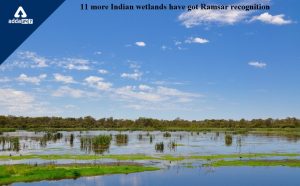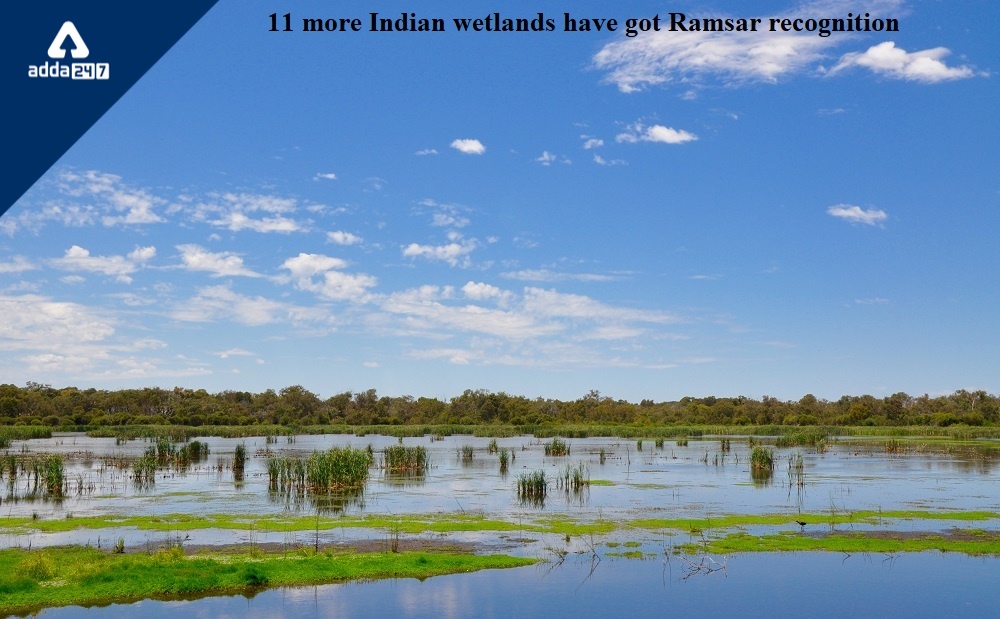
India has added 11 more wetlands to the list of Ramsar sites to make a total of 75 such sites covering an area of 13,26,677 hectares in the country. 75 Ramsar Sites in 75th Year of Independence India. The 11 new sites designated as Ramsar sites included: four sites in Tamil Nadu, three in Odisha, two in Jammu and Kashmir and one each in Madhya Pradesh and Maharashtra.
Buy Prime Test Series for all Banking, SSC, Insurance & other exams
From 1982 to 2013, a total of 26 Indian sites were added to the list of Ramsar sites, However, during 2014 to 2022, the country has added 49 new wetlands to the list of Ramsar sites. During this year itself, a total of 28 sites have been declared as Ramsar sites.
The 11 Indian wetlands which have been designated as new Ramsar sites:
- Tampara Lake in Odisha;
- Hirakud Reservoir in Odisha;
- Ansupa Lake in Odisha;
- Yashwant Sagar in Madhya Pradesh;
- Chitrangudi Bird Sanctuary in Tamil Nadu;
- Suchindram Theroor Wetland Complex in Tamil Nadu;
- Vaduvur Bird Sanctuary in Tamil Nadu;
- Kanjirankulam Bird Sanctuary in Tamil Nadu;
- Thane Creek in Maharashtra;
- Hygam Wetland Conservation Reserve in Jammu and Kashmir;
- Shallbugh Wetland Conservation Reserve in Jammu and Kashmir.
What is the Ramsar site?
A Ramsar site is a wetland site designated to be of international importance under the Ramsar Convention, also known as “The Convention on Wetlands”, an intergovernmental environmental treaty established in 1971 by UNESCO, which came into force in 1975. It provides for national action and international cooperation regarding the conservation of wetlands, and wise sustainable use of their resources




 Exploring Bondi Beach: Sun, Surf and Syd...
Exploring Bondi Beach: Sun, Surf and Syd...
 ISRO Projects Seven Launches Including U...
ISRO Projects Seven Launches Including U...







